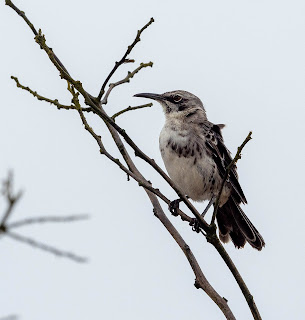Still reading Martyr!, which still is delighting me. Just now, a dream sequence featuring the narrator Cyrus's father and the poet Jalal al-Din Muhammad, aka Rumi, "a gorgeous man in orange and purple silk robes taking a deep drag of a blunt. The man had high, supermodel cheekbones and a long black beard the color of deep night with little braids woven into it, a few decorated with tiny shells and beads." Rumi! How cool! As the two men talk the father "noticed suddenly that Rumi's arms were covered with colorful tattoos depicting negargari, little illuminated Byzantine miniatures, and the figures, some on horseback, some firing bows, were moving all around, playing out their little lives across Rumi's skin."
Well, of course I had to look that up, and when I saw some examples I remembered negargari (نگارگری) that I have seen in person in museums and always found so appealing. Wikipedia tells me they are intended to be kept in an album of such works called a muraqqa, which gives them a sort of privacy and curatorial consistency. The genre became "significant in Persian art in the 13th century, receiving Chinese influence after the Mongol conquests," and reached a highpoint in the 15th and 16th centuries. The pigments used are mostly mineral-based, which gives them a bright, pure coloring. Many figures are often depicted, with great attention paid to the background; animals are also widely featured. The Wiki article has much more detail on contents, styles, and trends. Here are a few examples (click to see large on black):
 |
| Saki, by Reza Abbasi, 1609 |
 |
| A complex palace scene by Mir Sayyid Ali, c. 1540 |
 |
| Ibn Bakhtishu's Manafi al-Hayawan (Uses of Animals), 1297–99 |
 |
| Yusuf and Zulaikha (Joseph chased by Potiphar's wife), by Behzād, 1488 |
 |
| Camp scene: Majnun (at top wearing orange) spies on his beloved Layla (standing in tent doorway), c. 1556–65 |
 |
| The Baysonghor Shahnameh, 1430: Faramarz, son of Rostam, mourns the death of his father and of his uncle Zavareh |
_Topkapi_Palace_Library,_Istanbul(1).jpg) |
| Bahram Gur kills the dragon, in a Shahnameh of 1371, Shiraz |
 |
| Khusraw discovers Shirin bathing in a pool (a favorite scene), 1548 |
 |
| Illustration from One Thousand and One Nights by Sani ol molk, 1853 |
.jpg)






.jpg)
.jpg)




































